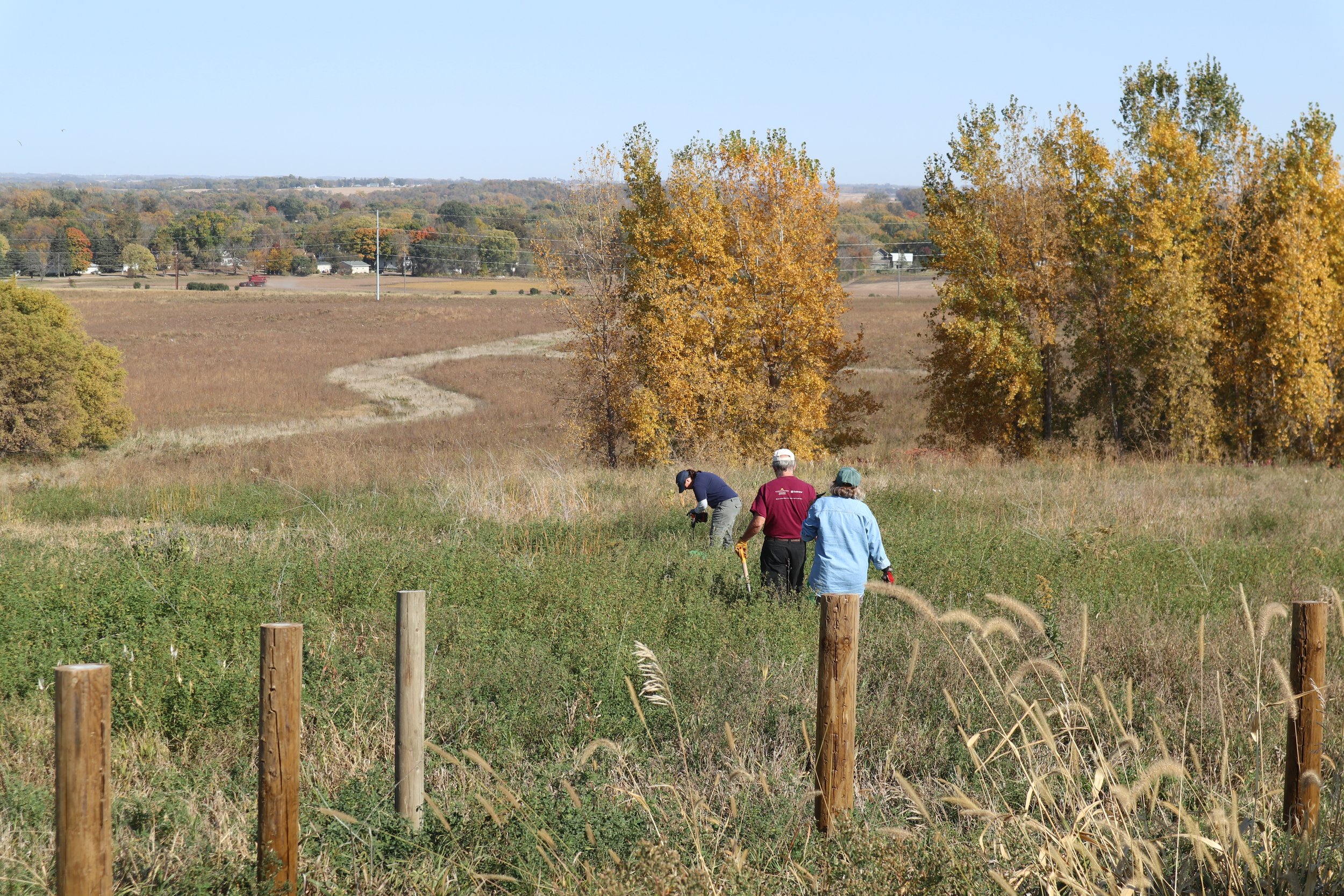Restoring Nature and Building Community
In the heart of Minnesota, where waterways dance alongside lush woods and expansive prairies, lies the Sakatah Wildlife Management Area (WMA), specifically the In-Yan Bo-Sda-Ta Wa-Kpa Unit. This remarkable 160-acre property serves as a sanctuary for a variety of species and honors the legacy of Millard and Fern Meyers, whose wish was to preserve the land and ensure its accessibility for future generations.
The family’s connection to this land runs deep, woven through years of memories and a shared appreciation for its natural beauty. Each spring, family members visit the property to witness the pond at its fullest, its surface shimmering under the sun as it becomes a bustling hub for migratory birds. Watching flocks of birds soaring overhead against the backdrop of blooming spring flora is enough to fill anyone with awe and gratitude. This vibrant spectacle, though fleeting, is a reminder of nature’s cycles and the critical habitats that support them.
In June 2024, community members gathered to celebrate the official dedication of the Sakatah WMA: In-Yan Bo-Sda-Ta Wa-Kpa Unit. This event marked a significant milestone, recognizing the preservation of the land and the collaborative efforts that made it possible. To protect this natural treasure, the Meyers family worked alongside our organization, which manages outreach; Trust for Public Land, which handles land acquisition; and Great River Greening, which leads restoration efforts. Funding for these events and land acquisitions was provided by the Outdoor Heritage Fund, as appropriated by the Minnesota State Legislature.
The unique ecological features of the Sakatah WMA: In-Yan Bo-Sda-Ta Wa-Kpa Unit are what truly make it remarkable. This property connects larger sections of the ‘Big Woods’ landscape, creating a valuable travel corridor for wildlife such as white-tailed deer, pheasants, and wild turkeys along the Cannon River. The prairie landscapes, adorned with vivid wildflowers and native grasses, offer stunning scenery and support essential pollinators like the rusty patch bumblebee and the monarch butterfly. Additionally, the wetland areas filter water, help prevent flooding, and provide breeding and migration habitats for wetland-dependent birds such as wood ducks, canada geese, and trumpeter swans. Each of these habitats ensures that Minnesota’s natural environment remains resilient and thriving.
The area's rich biodiversity has inspired ongoing restoration efforts led by Great River Greening (GRG). The organization has implemented a five-year restoration plan to revitalize the land's native ecosystems. Significant progress has been made over the past two years, beginning with the transformation of crop and hay land into a diverse habitat featuring over 120 native plant species to support wildlife and pollinators. Recently, the focus shifted to removing non-native woody species, thinning aggressive, dominant native trees like the Box Elder, and seeding hardwoods and shrubs to increase vegetative diversity.
This area, which includes prairie pothole wetlands and larger, deeper waters, is vital for the Mississippi Flyway, supporting migratory birds and various native species. GRG has initiated work to restore the hydrology of over 12 wetland basins at the site through crop cessation, sediment scraping, tile breaks, and the construction of small rock dams. Following this work, wetland plant species will be planted through a combination of seeds and plugs.
Once the restoration is completed, stewardship of the Sakatah WMA: In-Yan Bo-Sda-Ta Wa-Kpa Unit will transition to the Minnesota Department of Natural Resources (DNR), ensuring that the land is managed sustainably for years to come. This transition embodies the collaboration and commitment that have been instrumental in preserving the land.
The Meyers family’s journey is a heartfelt reminder of the bond between community and nature. Their commitment to maintaining the land’s natural beauty has paved the way for a broader community legacy. They dream of a future where visitors can experience the land's wonders, creating peaceful moments of reflection without disturbing the wildlife that calls it home.
Looking ahead, the community can anticipate the reintroduction of more native species, habitat enrichment, and ongoing monitoring. We invite the community to participate in these restoration efforts by volunteering, attending events, or visiting the site. Together, we can ensure the Sakatah WMA: In-Yan Bo-Sda-Ta Wa-Kpa Unit thrives, providing vital habitats and cherished experiences for generations to come.
Great River Greening is hosting a volunteer planting event at this new site on Friday, June 6, 2025, from 8:00 am to 12:00 pm.





